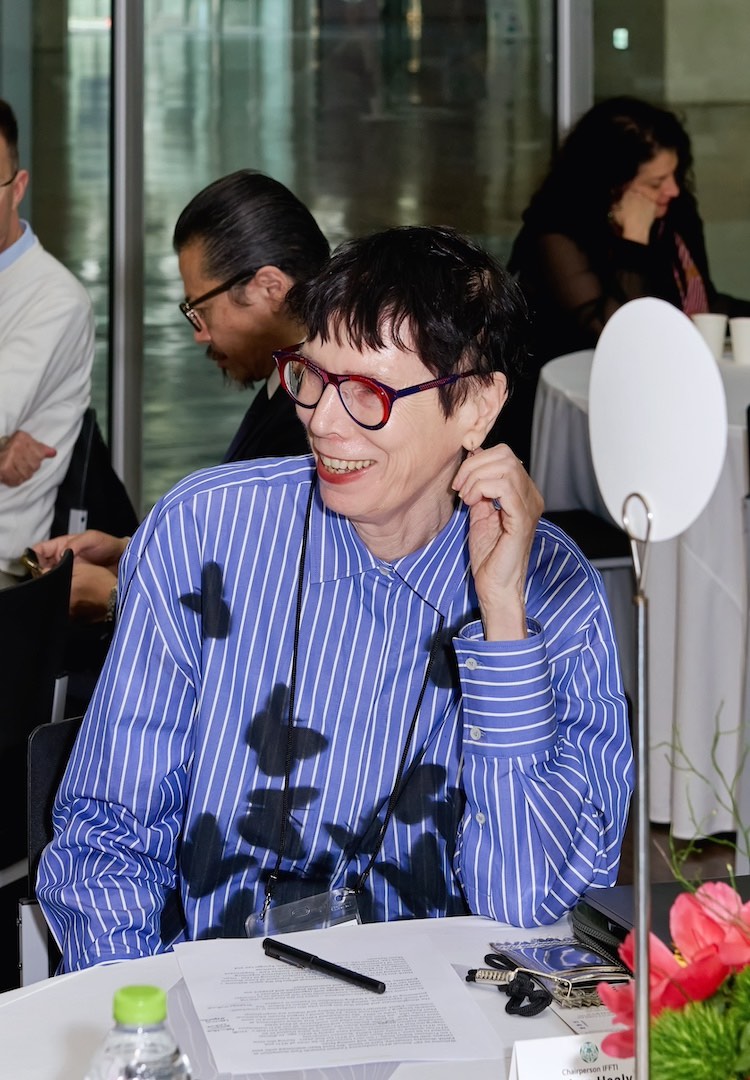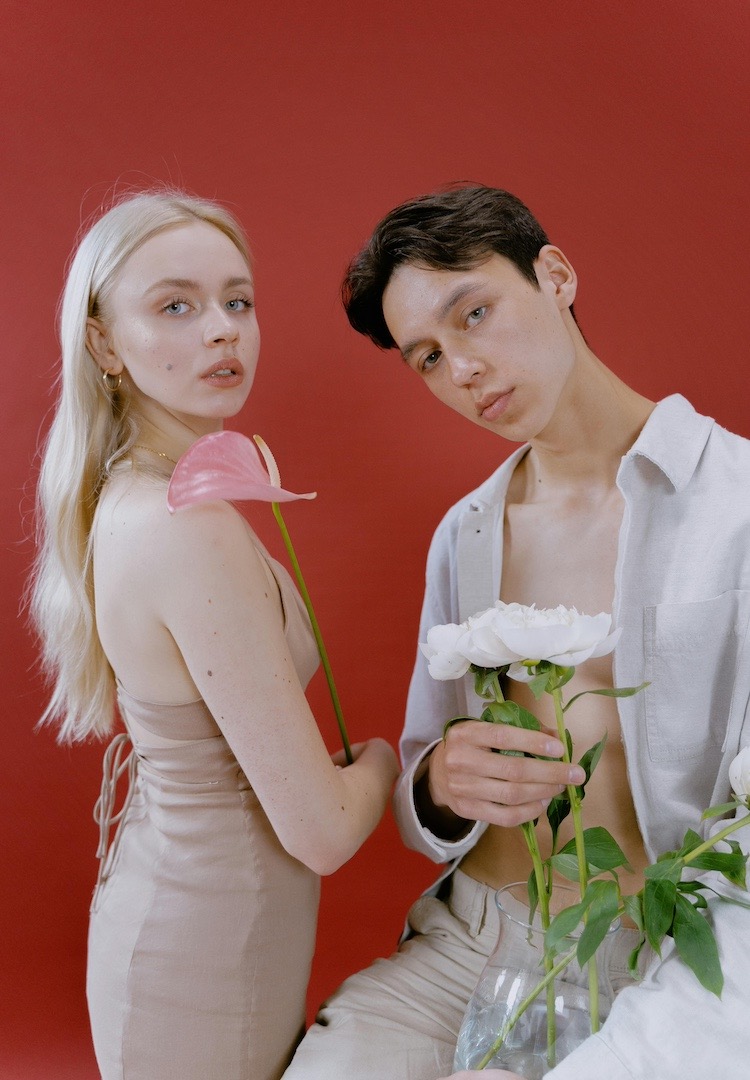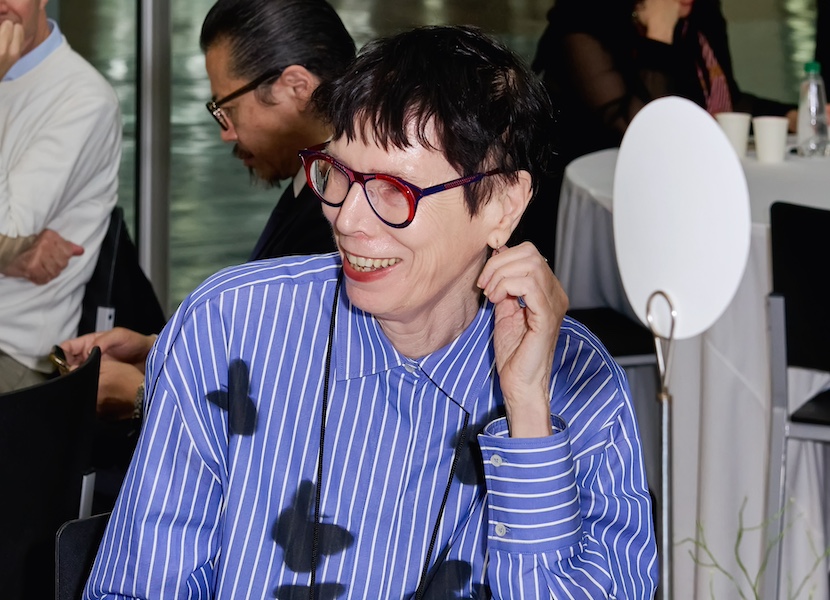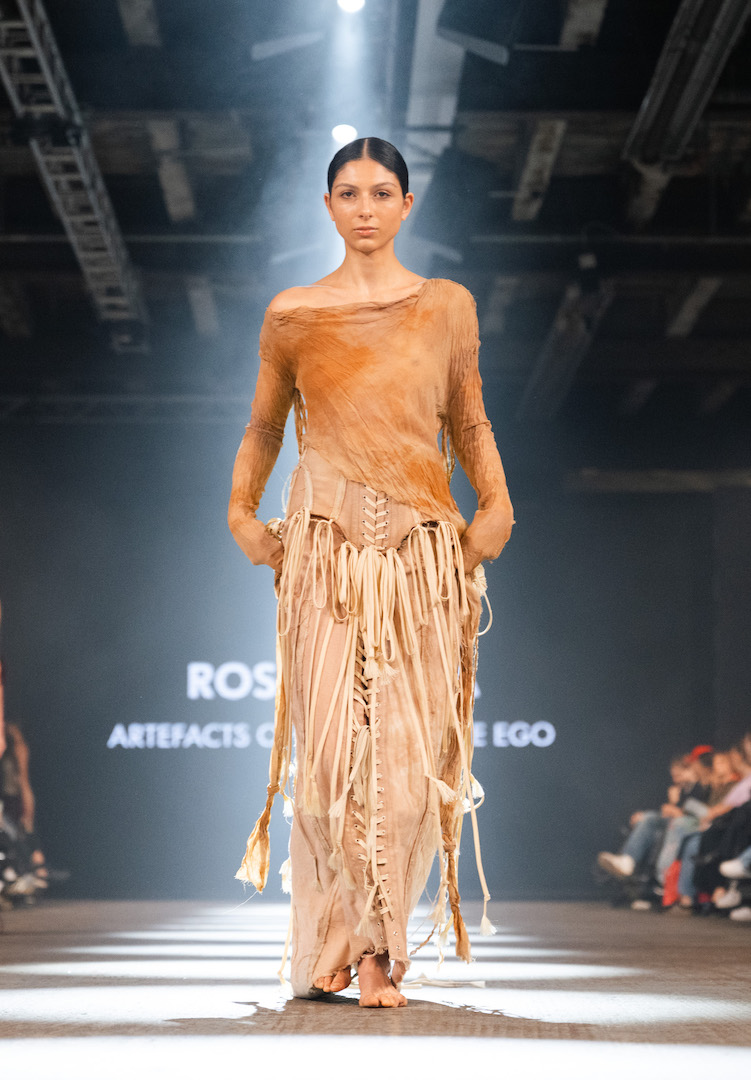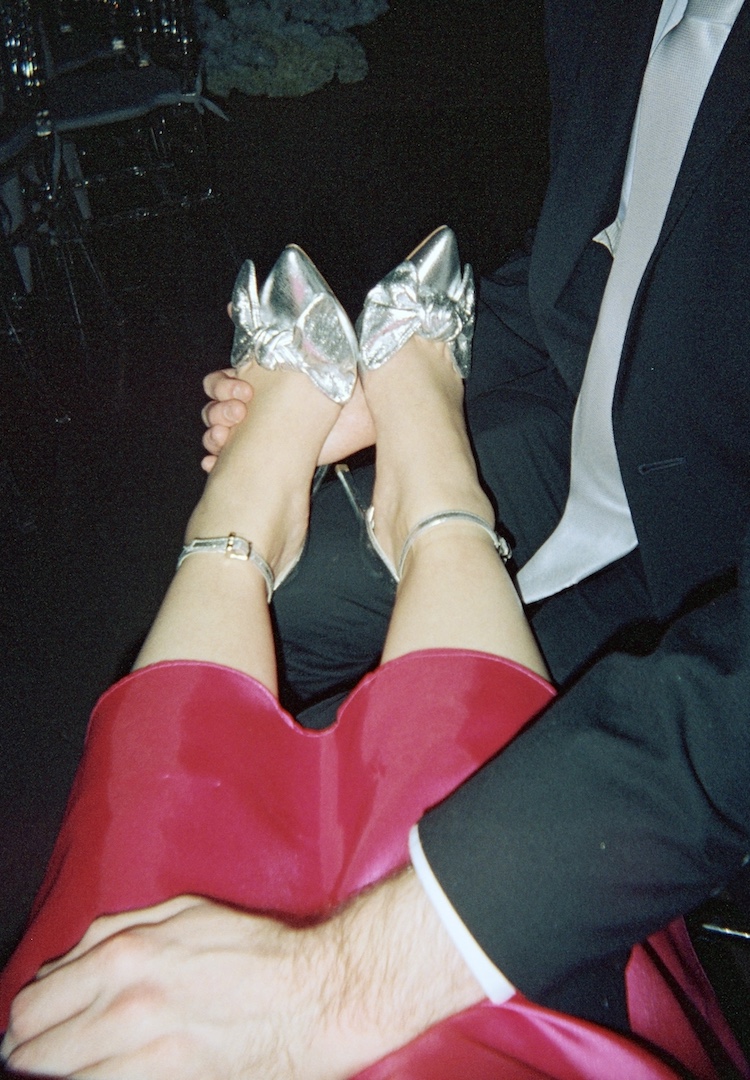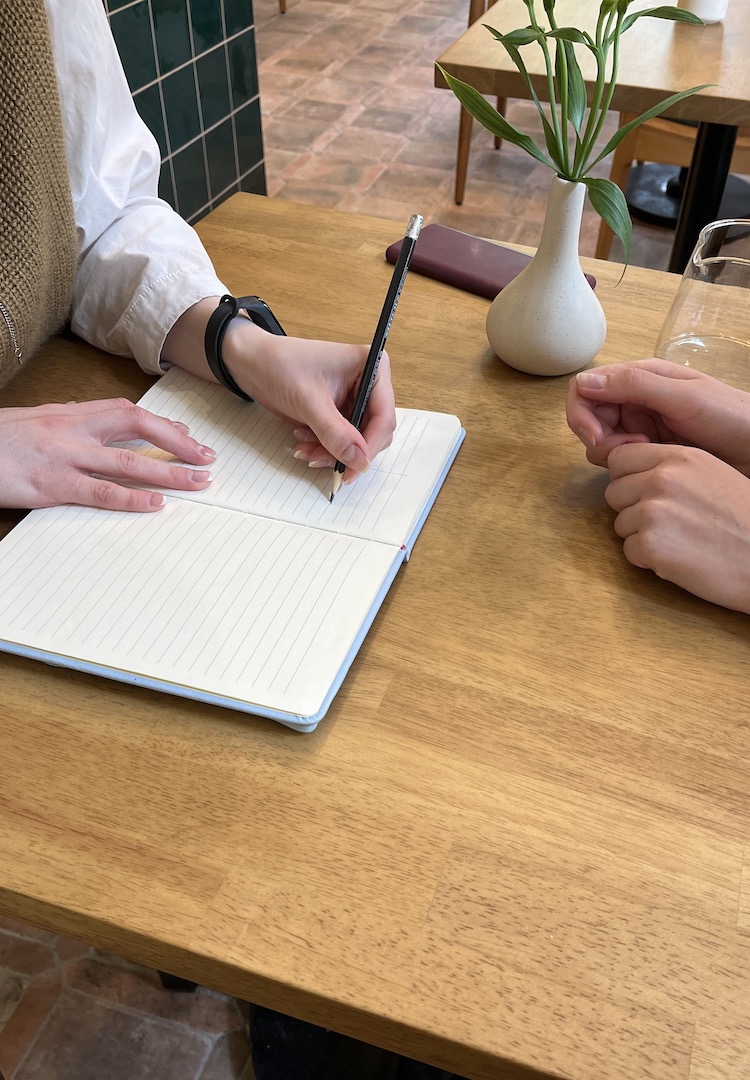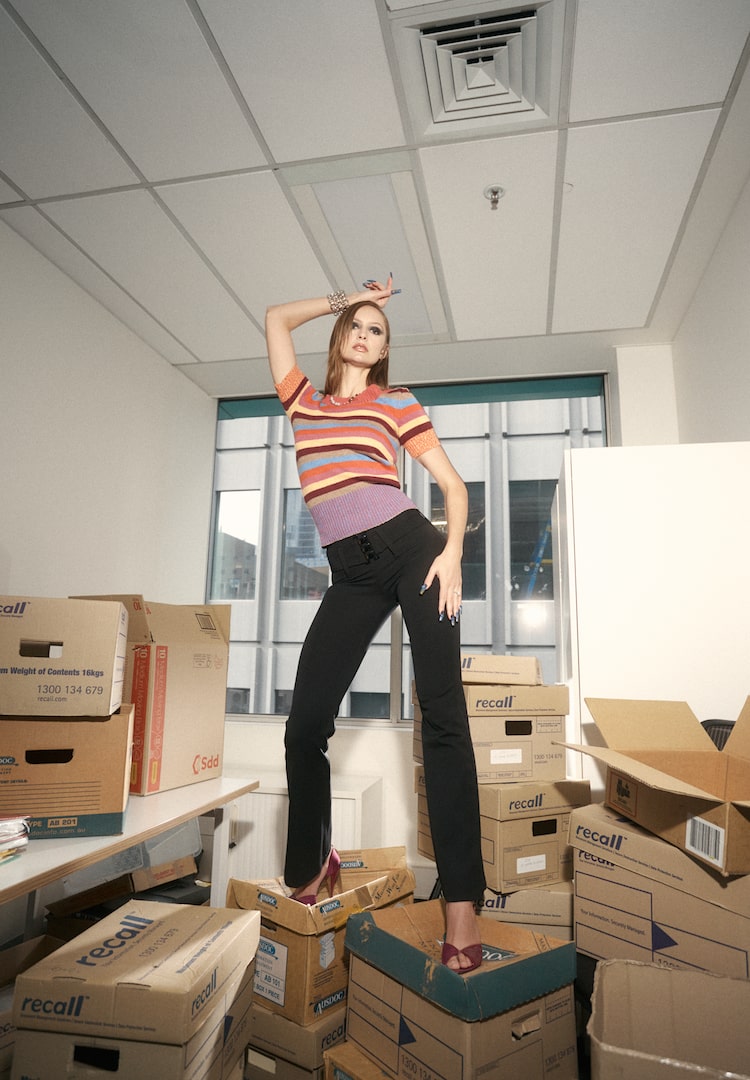How I Got Here: RMIT’s Professor of Fashion on rethinking traditional learning
IMAGE VIA Ewha Womans University
WORDS BY DAISY HENRY
“Fashion is about the collective and it is critical to understand the different qualities each person, team and partner brings to a project or task.”
Have you ever stalked someone on LinkedIn and wondered how on earth they managed to land that wildly impressive job? While the internet and social media might have us believe that our ideal job is a mere pipe dream, the individuals who have these jobs were, believe it or not, in the same position once, fantasising over someone else’s seemingly unattainable job.
But behind the awe-inspiring titles and the fancy work events lies a heck of a lot of hard work. So what lessons have been learnt and what skills have proved invaluable in getting them from daydreaming about success to actually being at the top of their industry?
Looking for a new 9 to 5? Head to our Careers page for new listings daily.
Welcome to How I Got Here, where we talk to people who are killing it in their respective fields about how they landed their awe-inspiring jobs, exploring the peaks and pits, the failures and the wins, and most importantly the knowledge, advice and practical tips they’ve gleaned along the way.
This week, we speak with educator Robyn Healy. When choosing how best to introduce Robyn, it’s hard to land on just one title. From RMIT’s Professor of Fashion and Associate Deputy Vice Chancellor of Learning and Teaching, to being on the board of directors for the Australian Fashion Council, her credentials are impressive within and outside of the industry.
After studying Fine Arts, Robyn first earned her stripes in the packing room of the National Gallery of Australia, receipting Robert Mapplethorpe photographs, Asian textiles and Arthur Boyd paintings. She then worked as a curator before returning to university to study her PhD and teach fashion business at RMIT.
A strong advocate for creativity and championing young designers, Robyn emphasises the importance of kindness and patience above all. Below, she tells us about the dynamic nature of her role and what it’s like working with both students and industry heavyweights.
What do you do and what’s your official job title?
I am an educator and advocate for the Australian fashion industry. I am a Professor of Fashion and Associate Deputy Vice Chancellor of Learning and Teaching at the College of Design and Social Context at RMIT University. Previously I was the dean of the School of Fashion and Textiles. I am on the board of directors for the Australian Fashion Council and chair of the International Foundation of Fashion and Technology Institutes.
Take us back to when you were first starting out. Did you study to get into your chosen field, or did you start out with an internship/entry level role and climb the ladder?
I studied Fine Art as part of a Bachelor of Arts at ANU. I was particularly interested in textiles and making. I was fortunate to be in Canberra while the National Gallery of Australia was forming and starting to build its collections including one focusing on fashion and textiles. My first entry into becoming a curator was working in the packing room at the National Gallery of Australia.
There, I receipted and unpacked artworks that had been purchased for the collection from Robert Mapplethorpe photographs and Asian textiles to Arthur Boyd paintings. I also packed artworks for travelling exhibitions or loans, using lots of bubble plastic.
I later became the first curatorial assistant for Fashion and Textiles – cataloguing the Julian Robinson Collection of Fashion which had recently been purchased comprising couture garments by Vionnet, Jean Patou, Poiret, costumes from the Ballet Russes and a remarkable collection of fashion works on paper, trims, buttons and so much more. After working at the National Gallery of Australia and the National Gallery of Victoria as a curator, I returned to study.
I began teaching at RMIT as a sessional teacher while undertaking my PhD. I taught Fashion Business and worked on making connections between design and sustainable business practices. Later I focused on design studios and professional practice. I enjoyed learning from the students and seeing the incredible creations and ideas coming out of RMIT – I knew this was the place for me.
Looking back and now, I get very excited about the influence those graduates have on the fashion industry both here and internationally. Graduates like Grace Lillian Lee, Hugh Westland (Phoebe Philo), Vlad Kanevsky (Thom Browne), Jeremy Hershan (Haulier), Alexander Kelvy (Givenchy) and too many more to name.
What challenges/hurdles have you faced getting to where you are now?
Choosing fashion as my field, both as a practice, discipline and in terms of industry recognition. From the start of my career, people have made comments that have not always been particularly supportive in recognising the field. Not surprisingly, this has driven and inspired me to change that perception and to take on leadership roles where I can be an advocate and create opportunities for others in supporting future practitioners and collaborators.
In becoming a Professor of Fashion, the role positioned an understanding of fashion practice within the University and prompted recognition of its broader impact on tertiary education, future practices, industry recognition, and the impact of fashion graduates.
What’s the best part about your role?
The people I hang out with, from students to industry and university heavyweights. Knowing people across the fashion industry, being part of organisations like the Australian Fashion Council supporting the evolution and advocacy of local industry and recognising the talented people in this industry is very rewarding. I also love experiencing the incredible impact of RMIT graduates.
What would surprise people about your role?
That it’s a dynamic space – driving learning experiences and environments. People are surprised that I work across many disciplines, including construction management, architecture, art and design. You might wonder, how did a specialist in fashion become an Associate Deputy Vice-Chancellor in Learning and Teaching? It results from my openness to ways of learning and curiosity, collapsing the traditional fields of learning to be able to deal with the changes to our environment and ways of working through collective practices, and shared ways of doing.
What skills have served you well in your industry?
My imagination, being inspired by creative people, creative experiences and getting excited about trying new things. Then, being able to share and communicate this excitement to others and having a strong belief in the achievements and potentials of future designers and creators. Finally, patience – often the results and impact are not immediately apparent, but do not be deterred.
What advice would you give to someone who wants to be in a role like yours one day?
Not to be frightened of taking on leadership roles. Understand the responsibilities of being a leader, be mindful of who and what you represent, and be brave in using your position to build communities of practice and to support and shift perceptions and understandings. It is essential to respect all your collaborators – fashion is about the collective, and it is critical to understand the different qualities each person, team and partner brings to a project or task. And remember to be kind to each other. Everybody has a bad day!
What about a practical tip?
Expand your community by joining a professional association – so you can build your network, be part of your industry and learn from others. And be hungry for new knowledge and skills. Ask: What do you need to know about? What is changing? What are the industry challenges? For example, find out more about Advanced AI or the circular economy by taking short courses (like micro-creds) and going to industry forums and events. You’ll learn so much from these experiences.
Keep up with Robyn here.


